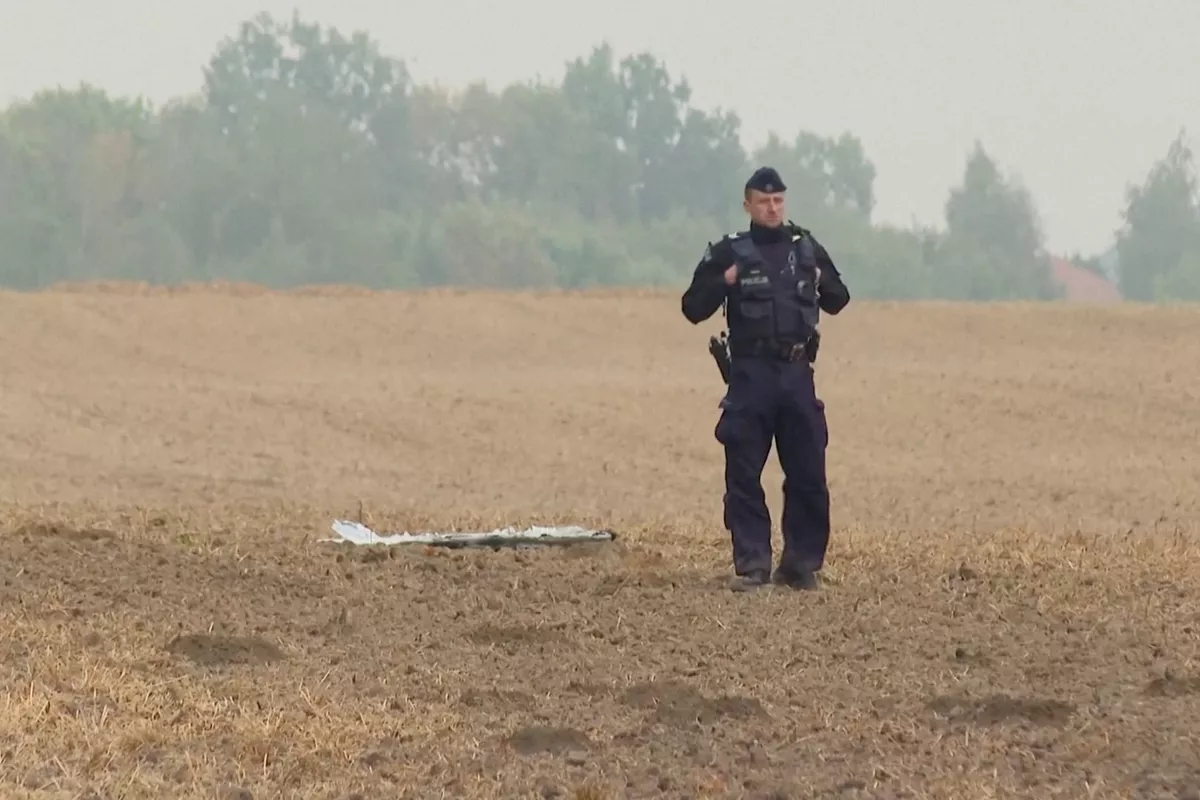
Photo credit: Reuters
NATO will deploy a Turkish-made next-generation reconnaissance system in Poland and Romania to enhance early-warning capabilities against increasing drone threats along the alliance's southeastern flank, which are largely attributed to Russia.
Europe's borders have been increasingly tested by rogue drones this month. Russia has been blamed for some of the incidents, but denies that anything was done on purpose or that it played a role, The Caspian Post reports citing Turkish media.
NATO jets scrambled on Sept. 10 after a number of Russian drones breached Polish airspace. But they shot down fewer than five of the 20 that authorities said flew deep over the countryside. It marked the first direct military engagement between the alliance and Russia since the start of its full-scale invasion of Ukraine.
Romania has also had drones breach its airspace and fragments fall onto its territory more than 20 times over the last two years, since Russia began attacking Ukraine's ports across the Danube from Romania. Latvia also reported that single Russian drones violated its airspace this month.
Drones were spotted over several Danish and Norwegian airports this week. While no evidence to date has linked the incidents to Russia, European Commission President Ursula von der Leyen pointed to "a pattern of persistent contestation at our borders."
Estonia said Russian fighter jets flew into its territory last week and remained there for 12 minutes - an incursion that its foreign minister described as "unprecedentedly brazen" but that Russia denied happened.
Incidents have sharpened calls for stronger monitoring along NATO's eastern flank and thrusted allies' preparedness for drone warfare into the spotlight.
On Friday, defense ministers from European countries with borders close to Russia and Ukraine held talks about building a "drone wall" to plug gaps in their defenses.
Finland, Estonia, Latvia, Lithuania and Poland have been working on a drone wall project, but in March, the European Union's executive branch rejected a joint Estonia-Lithuania request for funds to set one up.
The Multispectral Extended Range Optical Sight (MEROPS) air surveillance system developed by Türkiye's Aselsan is now said to be deployed by NATO in Poland and Romania, according to a report by Brussels-based Euractiv news website.
The system can be mounted on helicopters, fixed-wing aircraft and drones and is capable of detecting hostile systems through clouds and dust. It was publicly unveiled for the first time in 2022.
According to reports by Euractiv and Germany's Deutsche Presse-Agentur (dpa), MEROPS will soon enter service in Eastern Europe, where training on MEROPS is to be organized with the help of Ukraine soon.
Analysts say the deployment will enhance NATO's early-warning capacity and speed up responses to drone incursions, which have become a defining feature of Russia's war in Ukraine and a growing concern for neighboring countries.
The move also highlights NATO's broader shift toward optical surveillance systems to complement traditional radar and fighter jet patrols across Eastern Europe.
MEROPS is designed to provide crystal-clear imaging in all weather conditions, including night, fog, haze, dust, smoke and even fire. Equipped with laser systems, it enables operators to measure distance, guide munitions, detect camouflage and deploy countermeasures.
Share on social media